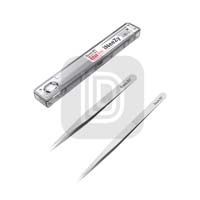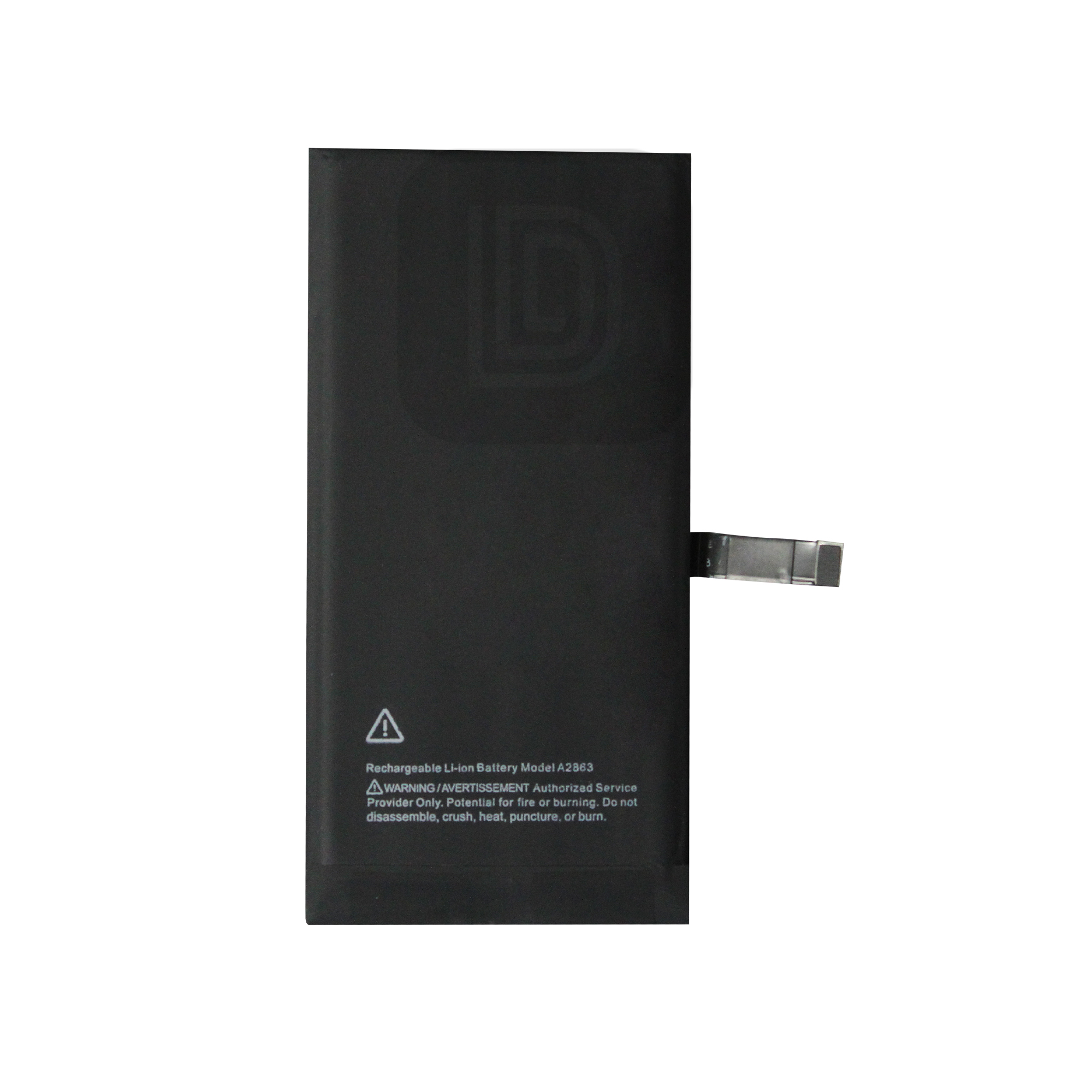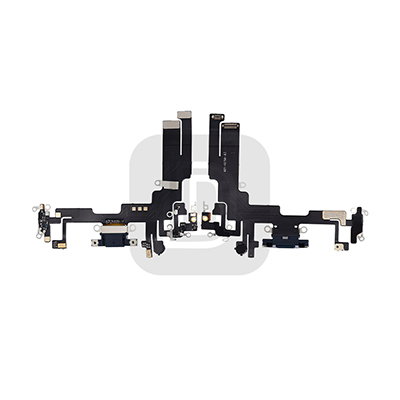The new entry-level iPhone, the iPhone 16e, has made a mark in Apple history. It’s the first iPhone to use Apple’s own cellular modem chip, not a Qualcomm chip.
This matters for several reasons. Partly because Apple finally has control over one of the most important components of a smartphone. Partly because — as we’ll see — Apple hates Qualcomm. And partly because it took Apple so long to actually build this product. Today, we’re going to look back at Apple’s long and arduous road to the C1.
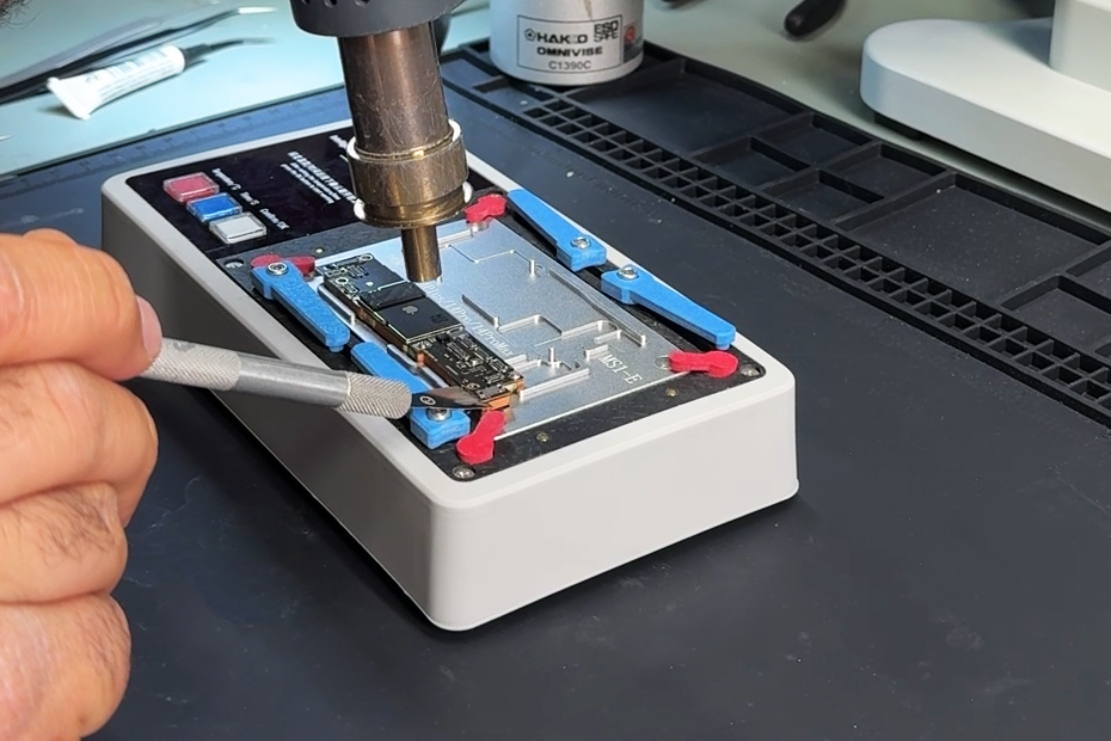
Why bother?
First, why bother making your own modem when you can buy one that already works well and has been installed in your phone very reliably?
A modem converts analog wireless signals from cell towers into digital signals that your phone can understand. It originally stood for “modulator/demodulator” – fundamentally, your phone modem does the same thing as a noisy dial-up modem from the 90s. But today’s cellular modems have multiple antennas and can transmit data on multiple radio channels at the same time. Modem technology has advanced rapidly, allowing chips to aggregate frequency bands from multiple carriers.
The iPhone 16 uses a Qualcomm SDX71M modem, which has 5G download speeds that are 26% faster than the previous generation. However, it is not Qualcomm’s latest X75 modem, and some speculate that Apple chose a slightly older generation to “minimize the gap when launching its own baseband.” Many people who have been paying close attention to this matter correctly predicted that the next generation of iPhone modems will use Apple’s own chips.
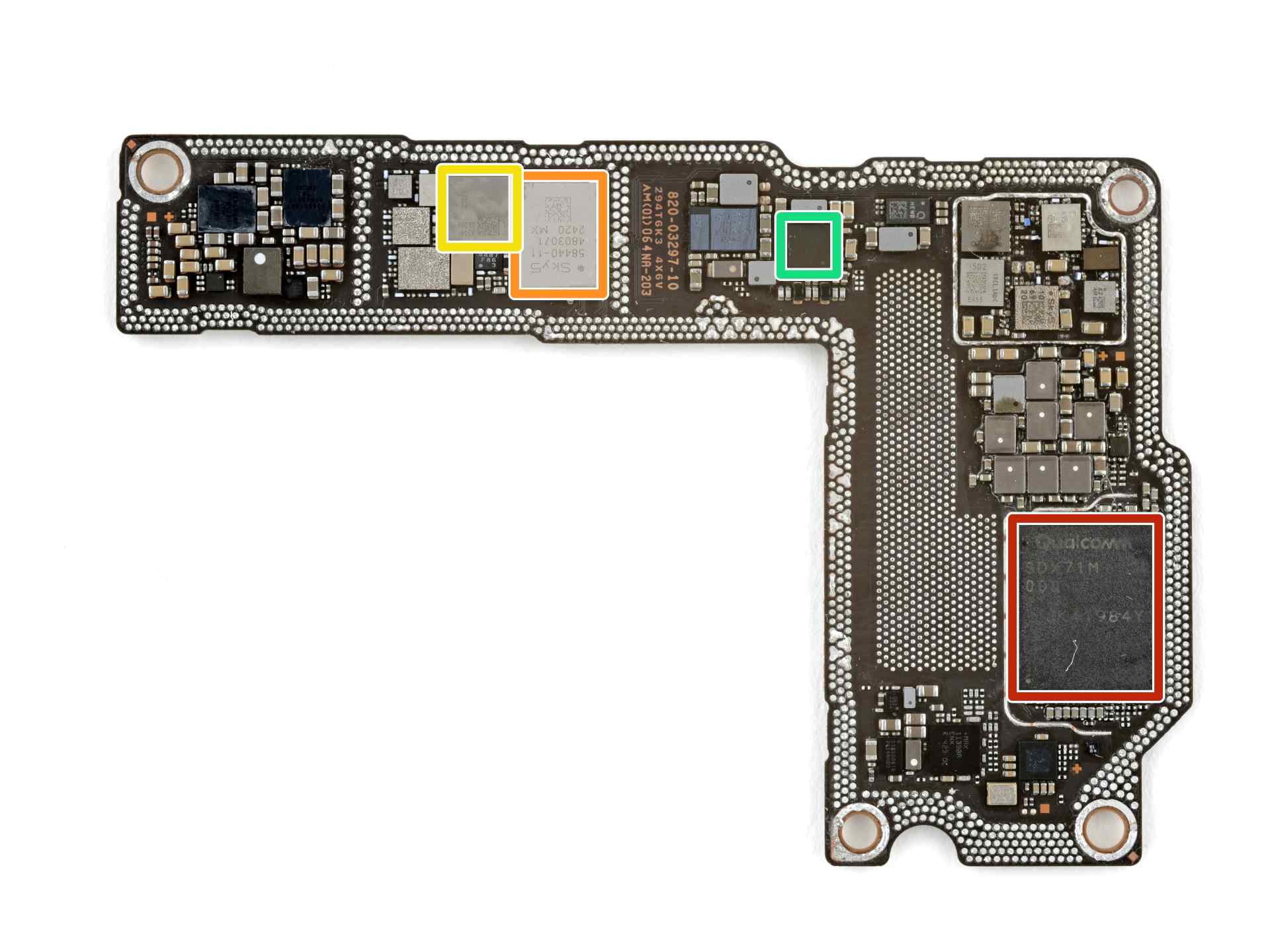
If you follow Apple, you know it likes to be in control. That starts with it making hardware and software for its own platforms, which is why it now makes ARM-based Apple Silicon chips and runs an app store with its own payment system. It’s about control, and the power and flexibility that comes with it. Look at the difficulties Microsoft has had in trying to get people to switch to Windows 11 or convince software makers to use its latest features. Or look at how PC makers were stuck with underpowered, overpowered Intel x86 chips until Qualcomm’s latest ARM chips were powerful enough to power laptops.
Apple likes to be in control, which means the hardware (in theory) works perfectly with the software, and it can add new features and push new operating system updates at any time. This control also makes the M-series Macs have excellent battery life.
By designing its own modem chip, Apple will eventually be able to integrate the chip into the main system-on-chip (SoC) of the iPhone, iPad, and Mac, and is expected to reduce costs and significantly reduce power consumption. Apple is also rumored to launch its own Wi-Fi chip in the iPhone 17 series released in the fall.
But what really motivated Apple to make the C1 was probably business reasons. After all, Apple doesn’t make its own displays, RAM, and SSDs, which are as critical to its products as cellular modems. And Apple seems happy to work with TSMC to make its A- and M-series chips. The problem lies with Qualcomm itself.
Qualcomm and Apple, war begins!
In 2017, Apple sued Qualcomm for $1 billion, claiming that Qualcomm’s patent licensing fees were too high. Apple said the move violated competition law because smartphones could not be made without Qualcomm. Apple also accused Qualcomm of withholding $1 billion in owed money in retaliation for Apple’s role in South Korea’s investigation of Qualcomm.
The legal battle lasted for years and intensified. For example, Qualcomm tried to ban the sale of some iPhone models in the United States and tried to do the same in Germany and China. In 2019, a judge at the U.S. International Trade Commission (ITC) recommended banning the import of multiple iPhone models.
It was never a healthy relationship. Apple has been paying Qualcomm for the modem that comes with every iPhone. In a 2019 settlement, Apple reportedly paid about $6 billion up front and agreed to pay $9 for every iPhone sold in the future.
All the while, Apple was trying to break free from Qualcomm’s tight and expensive control over this key component. And with the launch of the iPhone 16e, Apple seems to have succeeded.
Get serious
When Apple wanted to make its own custom chips, it bought chip design company PA Semi in 2008, the year after the iPhone launched, for just $278 million. That acquisition led to today’s amazing M-series Mac and iPad chips.
When Apple finally decided to make its own cellular modems, it bought another company, only this one was much bigger. Apple paid $1 billion for Intel’s smartphone modem division. That included about 2,200 Intel employees and — perhaps most importantly — more than 17,000 wireless technology patents.
Designing a cellular modem is one thing, but designing a cellular modem when you can’t use any of the technology or methods Qualcomm has patented is another thing entirely. One could speculate that Qualcomm deliberately tampered with the 5G specification to make it impossible to reverse engineer it, thereby ensuring that it could license its patents to everyone. But that’s just speculation.
But even with all of Intel’s know-how, intellectual property, and equipment, Apple would still have trouble making a modem that could replace Qualcomm’s licensed design and be efficient enough to fit in an iPhone. After all, the iPhone is Apple’s money-making machine, and any new component must be 100% perfect from the start. And it must also be manufactured at iPhone scale, which means tens of millions of units. That’s why the first version of this modem is on the 16e, which is the most important phone in the entire product line, and it doesn’t matter if the cellular performance is not up to standard.
Think about it, even Intel, with decades of experience in chip design and manufacturing, can’t do this. Why does Apple think it can do better?
Harder than it looks
Intel spent $1.3 billion in 2011 to buy the wireless division of German chipmaker Infineon, and later acquired some of Infineon’s previously divested businesses. Some iPhone 4 models used Infineon’s wireless chips, while later iPhone models, including the iPhone 7 and iPhone 11, used Intel’s modems.
But the Intel version didn’t perform as well as the Qualcomm version. Some models use both modems, depending on the carrier you bought the phone from, and there are articles on the website that tell you how to tell which modem your iPhone uses. Why? Because the Qualcomm version of the iPhone has faster LTE speeds.
Then, the 5G era arrived, and Intel seemed to be struggling. Intel announced its 5G plans in 2017, but a year later, its 5G modems are still “only the size of a refrigerator,” according to Prakash Sangam of RC Wireless News. According to the usual schedule, Intel could not be ready in time to reduce the components the size of a filing cabinet to a chip that can be loaded into a smartphone. Despite the many conflicts between Qualcomm and Apple, Apple was eventually forced to choose Qualcomm again.
That’s why it’s so important that Apple finally launched the C1 chip. The next step is definitely to apply it to the flagship iPhone and iPad. Once the C1 chip is integrated into Apple’s A-series and M-series SoCs, it should also be supported in MacBooks. And because these integrated modems will use TSMC’s small nanometer process, they should also be more energy efficient.
For users, the current benefit seems to be longer battery life, either because the C1 is so small that Apple can fit more battery in the 16e, or because it is indeed more efficient than Qualcomm modems. We’ll know more once we tear it down, but unless Apple brings cellular to the Mac, most of the benefits will go to Apple.



